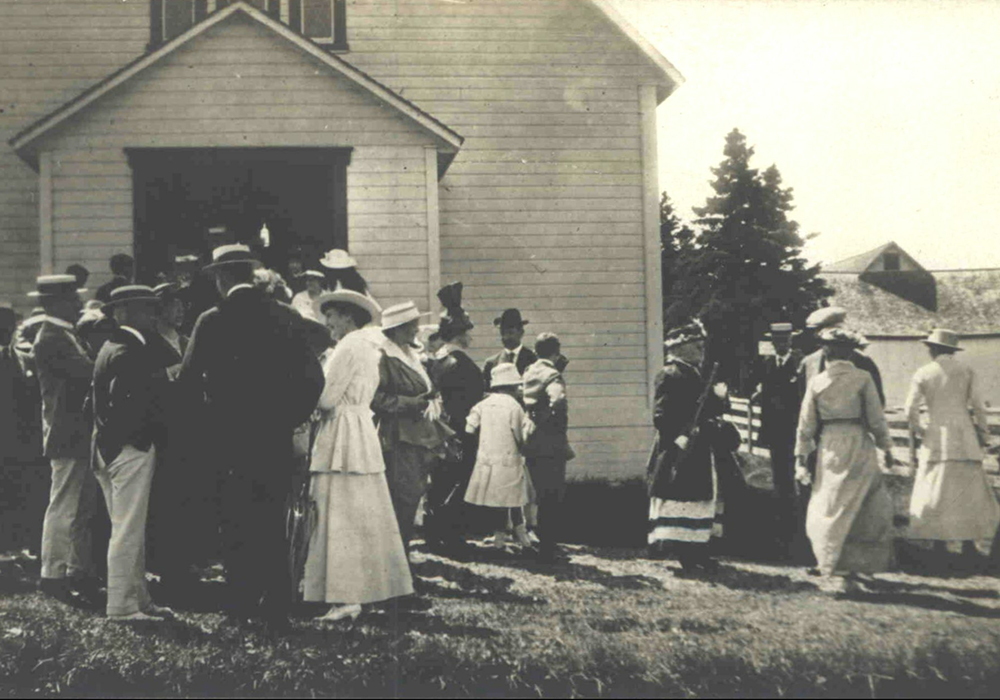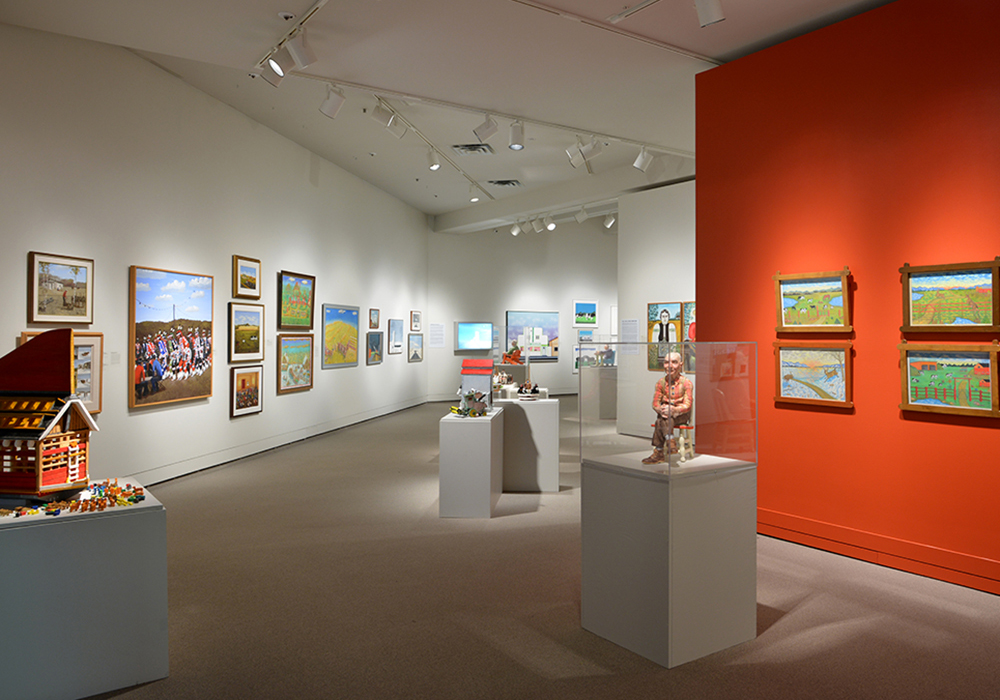
Anyone driving down Highway 22 just north of Longview, Alberta could never imagine that there was once a bustling oil town on both sides of the road. Packed into just over two square miles, Little Chicago, later called Royalties, grew and developed around more than 20 oil wells.
The exhibit begins with the story of the discovery of oil and gas in the Turner Valley Oilfields. When the Dingman No. 1 well blew in on May 14, 1914, there was great excitement. The area not only produced oil and gas, but also highly trained people who would go on and utilize their skills at oilfields around the world. The oilfields declined when exploration slowed and oil was discovered at Leduc, Alberta on February 13, 1947.
In 1936, near the south end of the Turner Valley Oilfields, the Royalties No. 1 well blew in. Overnight a town sprang up near the well. Businesses were started, homes or shacks quickly erected, and oil workers and their families moved in. More wells were drilled.
It was extremely dangerous working in the oilfields. There were very few safety standards and the hours were long. There were many accidents. But the pay was good.
Living near the wells was exciting, but hazardous. People had access to all the free gas they wanted, but there was no pressure control. This caused many explosions. The smell of the gas in the air was strong, and the rigs were noisy and created constant vibrations.
Children in Little Chicago had a lot of freedom and fun. Under the light of the flares they could stay warm and play after dark. The schools and recreational facilities benefited from the revenue generated by the oilfields.
Former Little Chicago residents have many fond memories of their lives there. There was a strong sense of community and many of social activities. People were very supportive of each other, especially during hard times.
A group of former residents, the Little Chicago Revisited Committee, raised more than $30,000 to build a monument where the town once stood. It was unveiled with many former residents present on July 24, 2004. It remains a lasting memory to the people who one called it their home.

